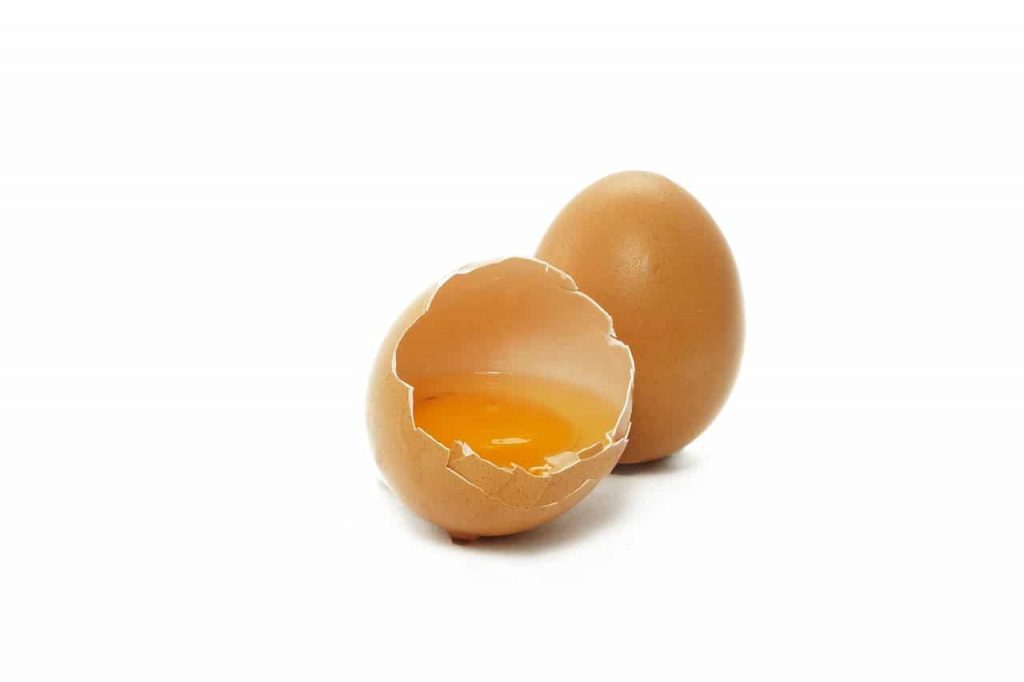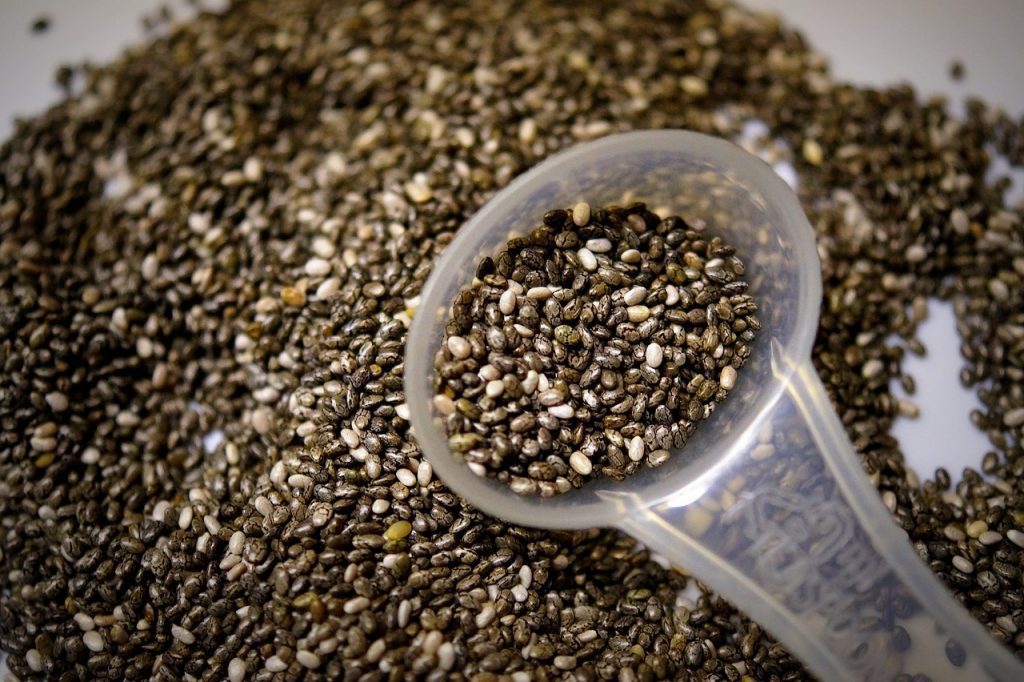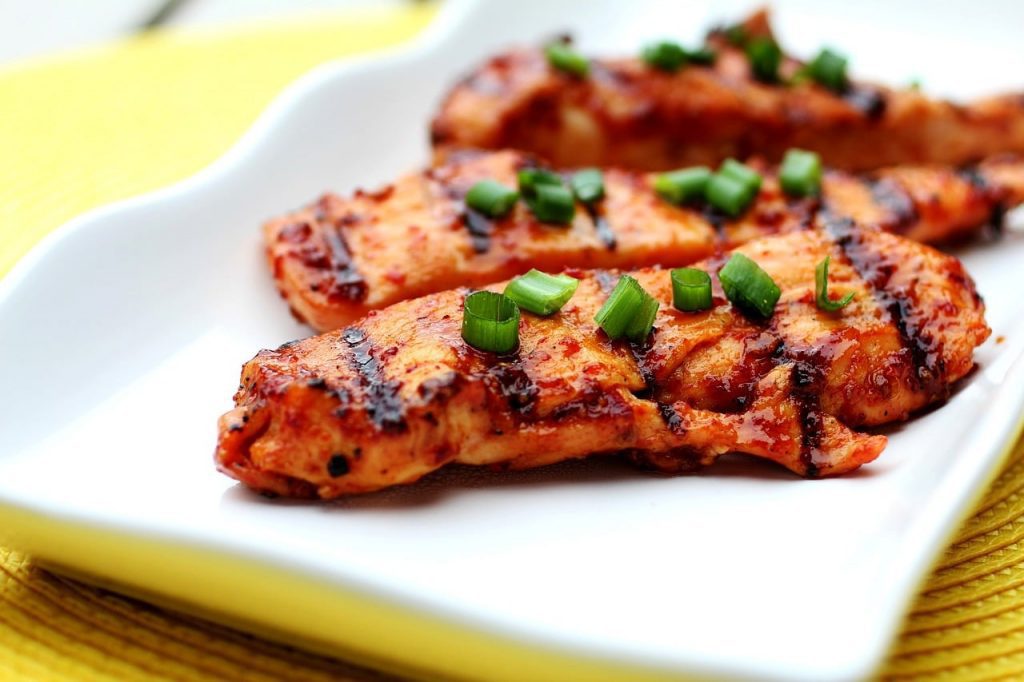The only time one thinks of protein and consumes protein-rich foods is when one joins a gym. However, unbeknownst to you, protein is not only responsible for our muscle growth, but it is also one of the most abundant nutrients present in our body apart from water, and is, in fact, even part of our DNA. Apart from the usual advice about how protein is responsible for a growing body, it is equally important to note the protein is also used to form blood cells.
But, if protein is such an essential resource that our body needs to grow, where can we find it?
How do we make sure our protein-take is adequate and as per the requirements of our body?
The answer is quite simple, actually. Protein is present in many things you eat every day, and most of these are pretty easily available. However, the amount of protein you need to consume depends on your requirements, your activity levels, etc. A qualified nutritionist can then structure a meal plan to meet these requirements. If you need to increase the intake of protein in your diet, look no further than this list of protein-rich ingredients and dishes right here.
Table of Contents
Foods Rich In Protein | Protein Rich Foods
Nature has given us several abundantly available protein rich foods. And these provide us with natural alternatives to store-bought whey protein.
To understand how to include foods rich in protein in your diet, you must understand that there are two very different methods of doing so. For example, your meal can consist of protein-rich ingredients such as egg, paneer, or seeds and nuts, or you could consume a plateful of your favorite protein-rich dish such as a fish/poultry-based dish, and even paneer or soy-based curry could do you right.
Protein Rich Raw Ingredients
One of the most beneficial characteristics of protein-based raw ingredients is that they can be consumed as a solo food item, and apart from that, they can also be added as a part of a recipe to make a protein-filled dish.
Some of the raw ingredients that are considered to be rich in protein are:
Ayuzera Himalayan Sea Buckthorn Pulp Concentrate 300ml | Liquid Supplements | Makes up to 50 Glass Juice (Rich in Vitamin C) | Lab Tested | Omega 3, 6, 7, and 9, and Antioxidants | (1)
1. Eggs
The egg white is a popular source of protein; most would know that. One large egg is said to contain about 3.6g of protein, making it about 10% of the whole large egg (33g). Although there is a common misconception regarding the egg yolk, which is believed to be a harbinger of cholesterol, it is safe to say that eating a whole egg is much more nutritious than just eating egg whites. The yolk of an egg contains essential vitamins such as vitamin A, D, E, and K, and there is an additional 2.7g of protein present in egg yolk.
Also Read: How To Check For Bad Eggs

2. Dairy Products
Dairy products are considered to be rich in protein, as milk itself is a rich source of protein. However, 100gm of paneer would have more protein than milk, as paneer contains fat and protein in a more concentrated form than in milk. Paneer is formed by the process of coagulation of milk, in which the solid particles get separated from the liquid. The remaining liquid after coagulation is known as whey. This is further processed to be synthesized as a powder and marketed as a protein supplement.
Review Reading: We review products over days, and sometimes weeks, so you can shop better. Read our Best Packaged Dahi To Buy Review here.
3. Soybean – Contains more Protein than Meat
Soybean is another example of a protein-rich raw ingredient. Soybean-related products such as soy milk are used as a dairy substitute for people who are lactose intolerant and also provide them with the same amount of protein as a cup of milk.
4. Almonds
Considered good for our brain and helps in maintaining our cholesterol level, almonds, are also rich in protein. An almond contains about 0.3g of protein, which is about ¼ of its weight (1.2g). Though unlike other protein-based food items such as eggs and dairy products, almonds do not lack a few of the amino acids. Thus eating almonds regularly is beneficial for the maintenance and repair of our body tissues.
5. Chia Seeds
Over the last few years, Chia seeds have become famous for their many health-related benefits. Loaded with antioxidants, chia seeds have proven to be beneficial for our heart health as well as for our overall immunity. However, apart from all that, it is also a good source from which one can acquire protein.
Also Read: How To Eat Chia Seeds | 5 Creative Ways

6. Walnut
One walnut contains protein that is about one-seventh of its own weight. It might not be much, but considering the other benefits of walnuts, it is sufficient to say that walnuts can also be added to your diet to make it more protein rich.
7. Chicken Breast
Chicken breast is a popular protein-rich food for non-vegetarians. You must eat it without skin for full benefits. It has mouth-watering and is very easy to cook.
8. Oats
Oats come on the list of the healthiest grains on the planet. They are rich in thiamin (Vitamin B1), manganese, magnesium, healthy fibers, and other nutrients. ½ cup of uncooked oats has 13 grams of protein along with 15% of calories.
9. Cottage Cheese
Cottage cheese has a low fat and calorie content than the other cheeses. It also contains riboflavin (Vitamin B2), Vitamin B12, selenium, phosphorus, and calcium. 1 cup of cottage cheese has 27 grams of protein.
10. Greek Yogurt
Greek yogurt is a thick yogurt, which is also known as strained yogurt. It has a delicious taste with a creamy texture. It is high in nutrients and has 17 grams of protein.
11. Tuna
Tuna is a type of fish and is full of proteins, along with a very low level of fat and calories. Tuna is not only rich in various nutrients, but it also has a good amount of omega-3 fats in it. A cup of tuna has 39 grams of protein.
Though there are other numbers of raw ingredients which can be considered as a rich source of protein, the items that are listed above are some of the popular ones.
Related Reading
Benefits & Side Effects Of Dried Apricots
Benefits Of Gram Flour (Besan)| Ways Of Consumption
Protein Rich Food For An Indian-Vegetarian Diet: 10 Food Items Rich In Protein +Recipes
Protein Rich Foods Recipes
These raw ingredients such as are eggs, and paneer can further be cooked alongside other spices and vegetables in order to create a dish that could be included in a protein-rich diet. You have to bear in mind, that when consumed for a ‘healthy’ purpose, it is imperative that these dishes must not be cooked using too. Much oil or spices. Doing so could unnecessarily make the overall dish unhealthy, rather than beneficial to your system.
Everyday Protein-rich Dishes To Eat
1. Protein Rich Paneer Based Dishes
Dishes that heavily rely on paneer as its main ingredient are often found to be rich in protein content. Some examples paneer-based protein rich dishes are paneer bhurji, and paneer makhani.
2. High Protein Soybean Based Dishes
As mentioned earlier, soybean has a higher concentration of protein that even surpasses the protein level in meat, so it’s really not a surprise that soybean-based dishes can be quite a big supporter for your protein-rich diet. Some of the very famous soybean dishes that are majorly consumed in India include soybean as an alternative for meat such as soya kebabs, soya seekh, and of course, soya curry, which is cooked alongside other spices and herbs.
3. Rich In Protein Tofu Based Dishes
Just like Paneer, tofu is prepared by the coagulation of soy milk which separates the solid particles from the liquid. However, the liquid is later drained out, thus leaving behind a solid block of tofu. As a concentrated solid block of soy milk, tofu contains a higher concentration of protein as per volume, and it is also responsible for increasing a significant protein level of your meal if added as an ingredient. Stir-fried tofu dishes are quite popular around the world.
If you are wondering how to eat tofu and how to include it in your everyday dishes? Simply replace paneer in all your everyday dishes.
A bhurji made with tofu (like the popular paneer bhurji or egg bhurji) or a stir-fry using ingredients like broccoli, onions, capsicum with tofu is a great option for a protein-rich, low carb dish.
4. High Protein Chicken Based Dishes
A 100g of chicken has about 27g of protein, which is roughly about 1/4th of its own weight. Meat-based dishes are quite popular, especially chicken, which is one of the most in-demand non-vegetarian products that are available in the markets throughout the world. As one of the cheaper and widely consumed sources of meat, there is a long list of recipes from all across the world that keep chicken at its center. Some of the most popular chicken-based Indian dishes are butter chicken masala, and the other is quite a popular south Indian dish called chicken chettinad.
If you want to further make your chicken dishes healthy – try making flavourful chicken soups using lemon and coriander, stir-fry chicken and veggies is a great option, grilled chicken in a whole-wheat bread sandwich is a healthy alternative too. Remember, keep the quantity of oil low and the variety of veggies up!
5. Protein Rich Fish Based Dishes
Apart from being loaded with omega-3 fatty acids and vitamin B2, fish also contains a significant amount of low-fat high-quality protein, which contributes to it being the first choice to be included for a high protein diet. Most of the dishes that include the consumption of fish originate from the Bengal region in India such as Bengali doi mach (fish served with a curd-based curry, and other dishes like fish pulao are also quite popular. Steamed fish is a perfect option for those looking for low-carb dinner options. Eating fish is great for your skin and hair too.

6.Vegetarian High Protein Dishes
Just because meat-based dishes are so popular among protein enthusiasts, it doesn’t mean that the gates of a protein diet are closed for those who are vegetarians! There is a vast catalogue of vegetables that can help you with your needs for a high protein diet. Some of these are easily available: seasonal vegetables like broccoli, potato, cauliflower, and mushrooms.
Protein Rich Foods And Their Protein Content
| Eggs | 6 g |
| Almonds | 28 g |
| Chicken breast | 53 g |
| Oats | 13 g |
| Cottage cheese | 27 g |
| Greek yogurt | 17 g |
| Milk | 8 g |
| Broccoli | 3 g |
| Tuna | 39 g |
| Cooked quinoa | 8 g |
| Whey | 20-50 g |
| Lentils | 18 g |
| Ezekiel bread | 4 g |
| Pumpkin seeds | 5 g |
| Salmon | 46 % |
| Shrimp | 18 g |
| Brussel sprouts | 2 g |
| Peanuts | 7 g |
A study conducted by NCBI proves that why protein rich foods must be a part of your diet.
How Much Protein Is Enough In A Day?
The recommended dietary allowance(RDA) of protein is 0.8 g per kg of body weight. It is vital to limit protein intake in the body. The average protein intake for men is 56 gm, and 46 gm in a day for women.
Reference: https://www.healthline.com/nutrition/how-much-protein-per-day
Benefits of Eating A Protein-rich Diet
As mentioned before, protein is much more than a macronutrient required for muscle growth. Protein plays an important role in making our DNA, as it is broken into amino acids by our body. Two strands of these amino acids bond with each other in order to form a DNA strand.
The intake of protein keeps our stomach filled for a longer time and prevents us from over-eating, thus aiding with weight loss.
Since protein is a building block for our tissues and cells, consuming a protein rich diet can also increase the rate of healing and replacing the damaged tissues with new ones.
Some Protein Rich Diets For Quick Weight Loss
- Atkins diet
- Zone diet
- South beach diet
- Protein powder diet
- Sugar Busters diet
- Stillman diet
Side-Effects of Excessive Protein Intake
Now that you know how to transform your diet into a high-protein diet, it is also important to have a regulated way of its consumption, as a higher concentration of protein intake can cause adverse effects to your health.
Some of the side-effects caused by the unregulated intake of protein are:
1. Can Cause Various Cardiovascular Disease
Higher consumption of protein has been linked to various cardiovascular diseases. This is due to the heavy consumption of meat-based products and dairy products, all of which are rich in protein and constitute an important part of the protein based diet.
2. Can Cause Damage To Our Kidneys
Too much protein can lead to a negative impact on the kidneys. This because a higher dosage of protein can increase the level of nitrogen in our body, especially when it is broken down into amino acids. The kidneys are required to work hard in order to remove this excess nitrogen; hence it can produce stress over our kidney walls.
3. Excess of Protein Can Lead to Weight Gain
Protein is considered an essential part of a diet, especially when one needs to shed some pounds. However, a higher protein intake leads to gaining weight as it particularly slows down our body’s nutrient absorption rate. Thus, if you consume high-calorie foods with your protein intake, you may not shed pounds but gain some.
The Bottom Line
Protein, being considered one of the building blocks of life, is responsible for a diet that provides energy, growth, and, of course, alertness. Its intake must be managed with the utmost care, as it can become an unfavorable nutrient if not regulated.












